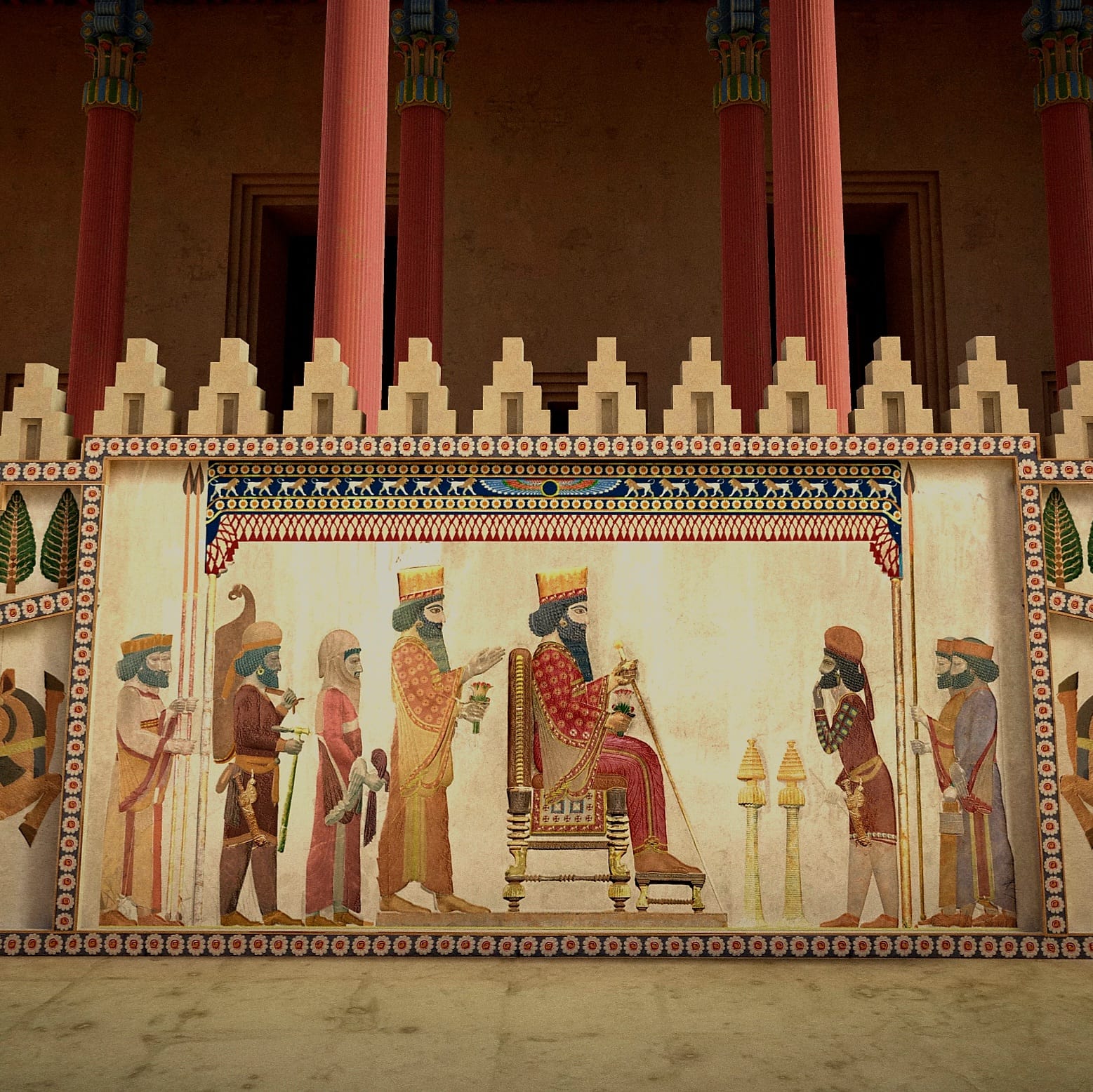Getty has launched Persepolis Reimagined, an immersive web experience that lets visitors explore the ceremonial capital of the ancient Persian Empire at its height. Visitors can walk in the footsteps of ancient dignitaries through the most accurate recreation of Persepolis to date, and learn about the art, architecture, and customs of this iconic monument to imperial power.
The experience is available across desktop and mobile and will soon be viewable in multiple languages, including Arabic, Farsi, French, Hindi, Spanish, Traditional and Simplified Chinese, and English.
Founded by Darius I around 518 BC, Persepolis was an embodiment of the Achaemenid imperial ideology, which is reflected in its art and architecture. It served as the ceremonial capital of the Achaemenid Persian kings and thrived for nearly 200 years. Though Alexander the Great looted and set fire to Persepolis in 330 BC, its ruins survive and are a source of national pride for modern-day Iranians as a UNESCO World Heritage Site.
Visitors begin their tour at the Gate of All Nations, the main entrance into Persepolis. After traversing a massive flight of 111 steps, they reach a gateway flanked by two massive and brightly painted bull statues that served as symbolic guardians of the city.
After the grand entrance, visitors encounter the Apadana (a great reception hall), the Palace of Xerxes (a place for ceremonies and rituals), the Southeastern Palace (royal residences), and the Royal Treasury, ending their journey with the impressive Hall of 100 Columns.
Along the way, visitors can also click to learn more about the many art objects and rituals that characterized the city, including modes of proper tribute and gift-giving, royal banquets, and Persian court dress. Additional present-day views of surviving architecture and artworks can also be viewed on the website.
The experience highlights that Achaemenid royal art incorporated craftsmanship and traditions from their vast and diverse empire, including Iranian architecture, Assyrian and Babylonian palace decorations, Egyptian design motifs, Greek and Indian craftsmanship and more.
Persepolis Reimagined is the result of a collaboration between historians, creatives, and technologists, including Getty’s own experts in the Museum and Digital departments, academic consultants from the University of California, Los Angeles and creative and technical production from MediaMonks. The immersive website is a part of the Getty Villa Museum exhibition, Persia: Ancient Iran and the Classical World, on view through August 8 at the Getty Villa in Los Angeles. The web experience presents select objects from the exhibition in the context of life at Persepolis, bridging surviving physical artifacts with this standalone digital recreation.






